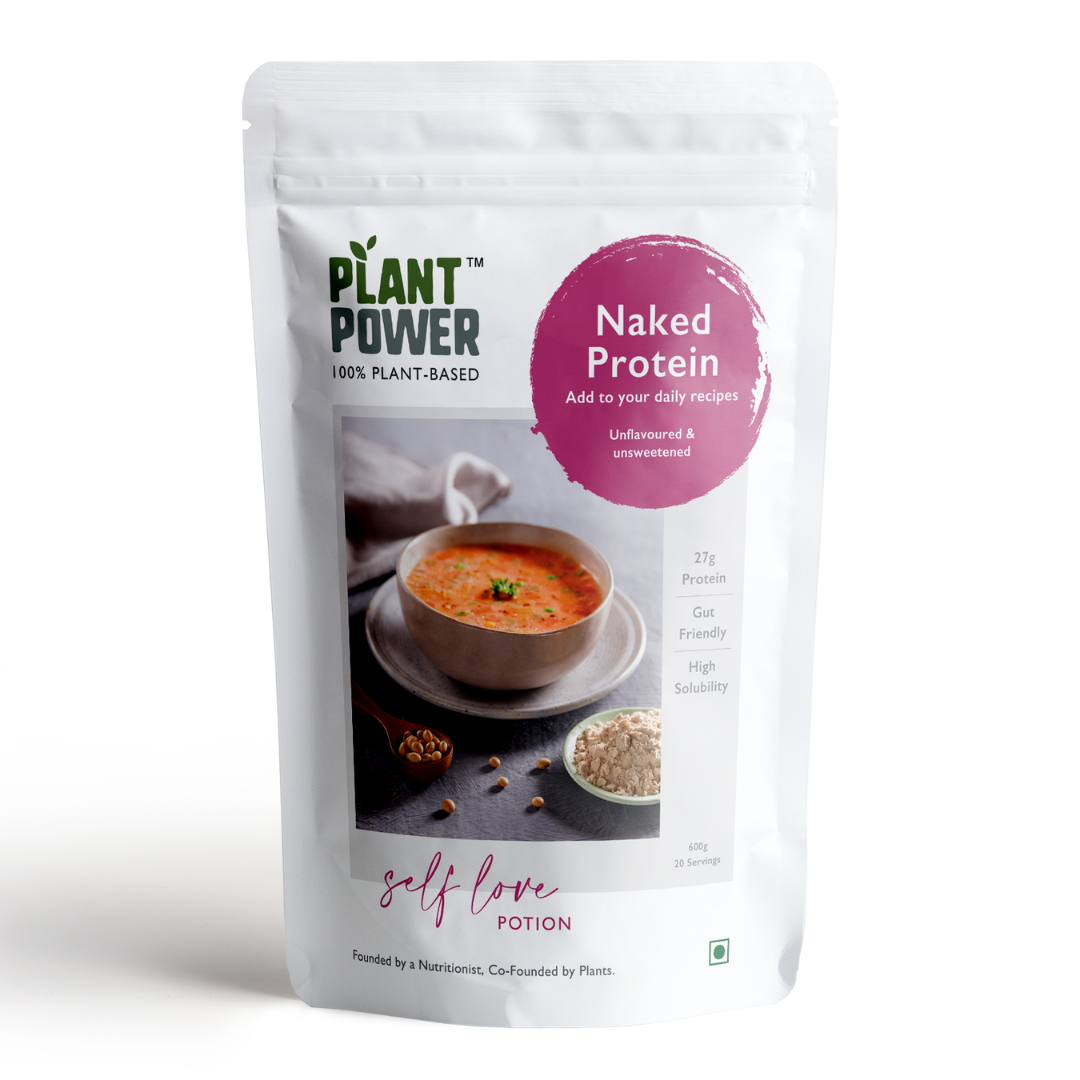
Nutrition- The Choices We Make
Share
When you enter a supermarket, it’s not uncommon to be confused with the wide variety of choices you have. Moreover, even while choosing a particular type of food, there are so many options! While produce is increasing, so are consumers' choices. And so, we are often left with this question, “What should I eat?”
A balanced diet consists of -
-fresh fruits
-fresh vegetables
-legumes
-whole grains
-nuts
-protein
What should you eat?
You should be able to incorporate all these nutrients in your daily meals. Foods complement each other, and the more colours you eat, the more healthy you are. A diet like this is called a whole foods diet, where most of the food you eat is coming from nature and is not overly processed. Though the term whole foods is generally applied to fruits, vegetables, legumes and grains, it can be applied to animal foods too.
Not all processing is bad processing. There is a big difference between ‘ultra processed’ and ‘minimally processed’. When foods are closer to their natural state, it is minimally processed. However, the more changes and refining your food undergoes, the more it becomes loaded with extra sugars and additives rather than maintaining the already existing nutrients. For this reason itself, it is crucial to learn to read food labels, so that you understand what is going inside your body.
At the crux of it all, when you think about mankind centuries ago, they never ate imported foods. They ate whatever was available to them, and what crop they could grow. Each tribe or civilisation got their nutritional needs from the foods pertaining to their particular region only. Keeping that in mind, why do we constantly stress about eating fancy foods we’ve never heard of before?
The Dietary Guidelines for Indians explains how much of each nutrient your body needs. As a general guideline, while shopping for groceries, stick to the perimeter of the store. That’s where the fresh produce is usually kept. You want to eat the most nutrient dense food.
Nutrient density identifies the amount of beneficial nutrients in a given food as compared to the calories. Often is the case now, due to the poor quality of soil, our crops are not packed with as much nutrition as they were many years ago. Further, they are sprayed with multiple chemicals and pesticides before they reach a grocery store. As much as possible, try to buy organic, and wash your fruits and vegetables thoroughly before eating it.
Calories-
The amount of calories needed per day varies from person to person, depending on various factors such as age, gender, size and lifestyle habits. You can easily calculate your calorie intake by using a simple calorie calculator which you can find online, or follow the link below.
Your calories should come from the nutrients mentioned above and not from refined carbohydrates and sugars. These are called ‘empty calories’ as they provide no nutritional value to your value, but fill up your calorie intake chart fast. You would be surprised to know that a chocolate bar can typically take up most of your calorie intake. When eating a lot of processed junk food, you often exceed your calorie limit immensely, leading to weight gain.
Some refined carbohydrates and sugar to avoid are listed below.
-white bread
-pastries
-white flour
-breakfast cereals
Though it may seem daunting at first, switching to a nutrient dense, whole foods diet is not difficult. To help you get started, here is a list of nutrient dense foods which you can start incorporating in your diet from TODAY!
Nutrient dense foods-
-potatoes
-garlic
-seaweed
-dark greens
-carrots
-green beans
-pomegranates
-dark chocolate (yes, sweet lovers! You don’t have to give up chocolate!)
The basic idea here is to start being aware of what your body intrinsically needs, versus what your body has been getting. Be aware of what ingredients you are using, buying and pay attention to its source. The best time to start caring for your health was yesterday, but the second best time is now.
-Trishna Utamchandani
Sources-
https://www.nin.res.in/downloads/DietaryGuidelinesforNINwebsite.pdf
https://www.hcf.com.au/health-agenda/food-diet/nutrition/what-are-wholefoods
https://familydoctor.org/changing-your-diet-choosing-nutrient-rich-foods/

